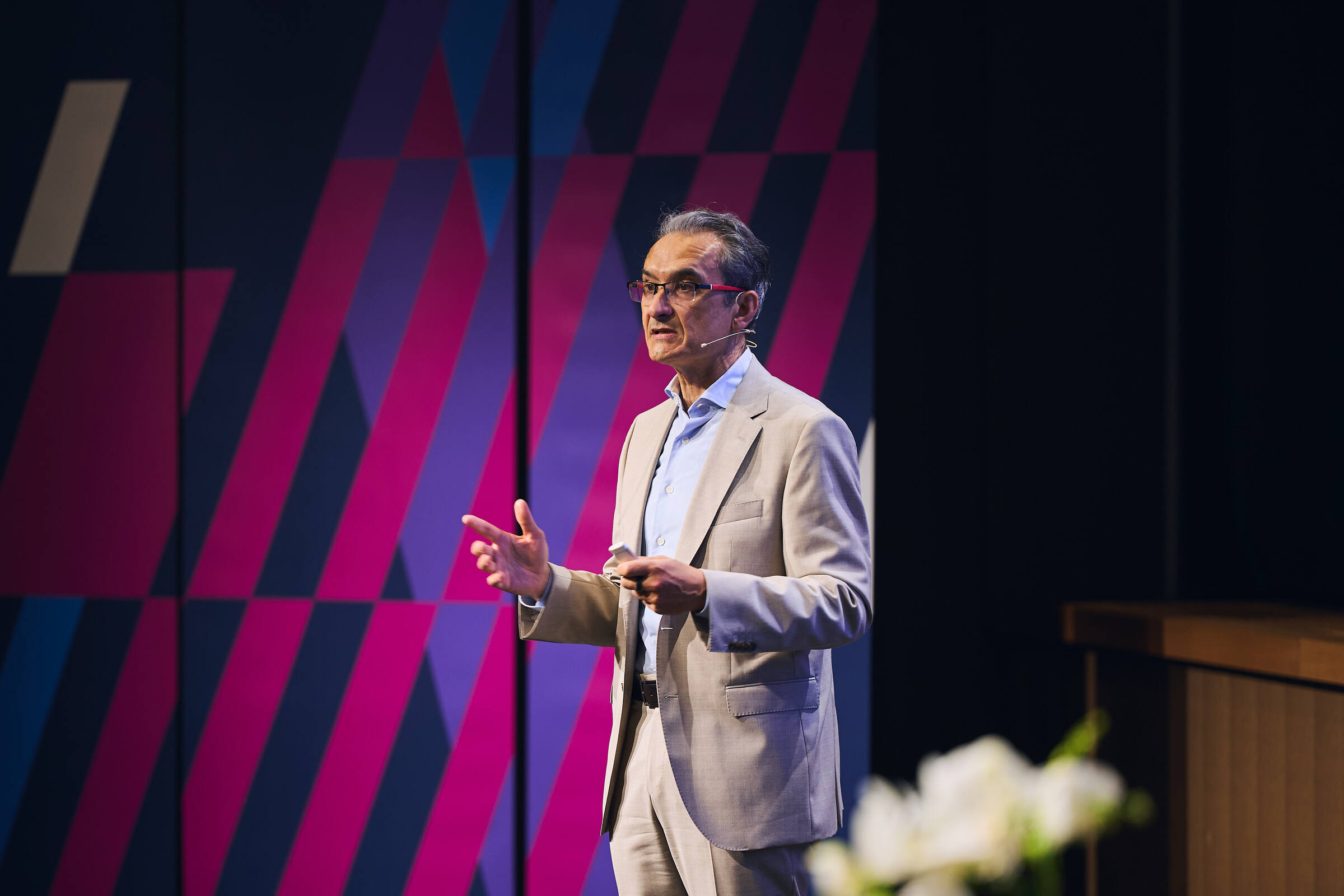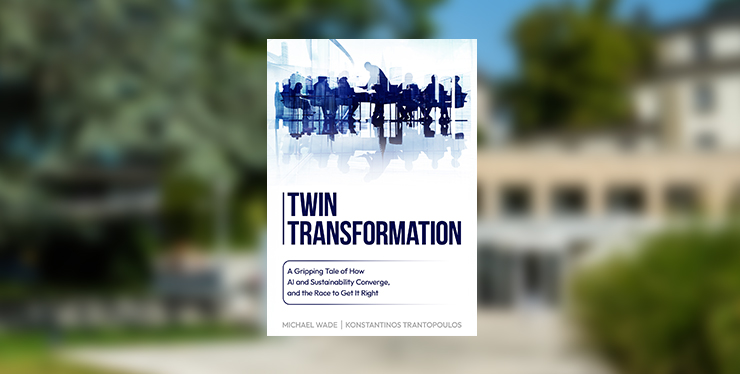
Rural mission
The Agricultural Bank of China (ABC) has arguably the world’s largest and most disparate customer base. It aims to serve a widely dispersed rural population of nearly 600 million people, often in remote, poor communities. Other banks would surely balk at its challenges: substantial financial and time costs for on-site pre-lending checks and post-lending management; small loan and deposit sizes; the risks to agriculture production of commodity price fluctuation and natural disasters; the inability of farmers to provide effective loan guarantees, as they do not own their land but lease it from rural collectives and therefore have few assets to act as collateral.
In late 2016 it was the fourth largest bank in the world, having gone public in 2010. Its mission – to provide financial services for rural development – has not changed since it was founded in 1951. Today, ABC provides an inclusive finance package, focusing on three areas: basic financial services for farmers, poverty alleviation, and loans to rural households. ABC is pivotal to the Chinese government’s attempts to redress the imbalance in prosperity between rural and urban populations by addressing problems around agriculture, rural areas, and farmers. These issues are known as ‘sannong’.
ABC’s sannong mission may not have changed, but the financial environment in which it operates certainly has. In 1994, to pave the way for a socialist market economy, the Chinese government decided to restructure the country’s four big specialised banks – ABC, Bank of China, Construction Bank of China, and Industrial and Commercial Bank of China – into state-owned commercial banks. ABC’s goal, then, was to become a world-class commercial agricultural bank with sannong at its core. So it conducted financial service pilot programmes and developed an effective business model. In July 2010, ABC issued the world’s biggest ever IPO at the time, and raised US$22.1 billion in a joint stock offer in Shanghai and Hong Kong. The proceeds were used to strengthen the bank’s capital base and for business development.
ABC became a publicly listed, government-controlled joint-stock bank with a public float of 15% of total capital. The government’s stake was held by the Minister of Finance, Central Huijin (a state-owned, independently-run institutional investment company), and the National Council for Social Security Fund. At the end of 2016, pre-tax profit was CNY 65.9 billion (about US$9.9 billion).
We’ve established, then, that ABC is a giant among banks. Its scale can make it easy to forget the customer base that this growth and success relies upon: farming communities, often poor and remote, spread across vast distances. In other words, risky.
ABC’s solution to offsetting this risk and providing sannong financial services is to focus on addressing the financial needs of rural areas, by not only offering agricultural finance, but also supporting urbanisation, major agricultural and rural infrastructure projects, trading and movement of goods in rural market, and resource development. It has set up more than 1 million electronic terminals in supermarkets and clinics (covering about three quarters of the country’s rural areas) where farmers can access basic financial services such as depositing cash, payment, insurance and wealth management. It deliberately finances infrastructure development and welfare programmes in particularly poor areas to improve living conditions and employment opportunities. And it has developed a huge range of loan products so farmer customers have a choice of loans secured in different ways, for different purposes, in different amounts, and under different terms.
Crucially, the sannong business is bolstered by other parts of ABC. The bank has an urban business, which buffers the lower profit and higher risk of the rural business. ABC has also built sannong into its DNA: it has earmarked resources for sannong businesses and has a dedicated Sannong Banking Department with a comprehensive financial service system and specialised policy system with specialised organisations, personnel, policies, and resources dedicated to sannong operations.
Despite ABC’s success so far, China has yet to eliminate poverty and the journey is far from over for the bank. Financial institutions are still absent in 1,570 townships, and only 90 million rural households have obtained loans. According to the Chinese Academy of Social Sciences, in 2014, the funding gap for sannong was still more than CNY 3 trillion (US$450 billion). Lack of basic financial services and difficult access to loans are the major impediments in rural economic and social development.
For ABC, serving sannong is woven into its 66-year history. Now, however, it is also striving to be a world-class commercial bank – and the only way to do that is to be the bellwether in inclusive finance and sannong issues. As such, it must create an environment that is more conducive to enabling the sustainable development and viability of sannong businesses.
Arturo Bris is Professor of Finance at IMD and directs the IMD World Competitiveness Center.
Related reading
Case study: Promoting inclusive finance
Research Information & Knowledge Hub for additional information on IMD publications
There is wide agreement about the potential for hybridity – the combination of plural organizational forms – to address complex societal grand challenges. Unfortunately, advancements in this area have been unduly constrained by the fragmentation o...
Research Information & Knowledge Hub for additional information on IMD publications
Research Information & Knowledge Hub for additional information on IMD publications
in I by IMD
Research Information & Knowledge Hub for additional information on IMD publications
Published by International Institute for Management Development ©2025
Research Information & Knowledge Hub for additional information on IMD publications
in I by IMD
Research Information & Knowledge Hub for additional information on IMD publications
Research Information & Knowledge Hub for additional information on IMD publications
in I by IMD
Research Information & Knowledge Hub for additional information on IMD publications
Research Information & Knowledge Hub for additional information on IMD publications
in Journal of Management Studies 27 May 2025, ePub before print, https://doi.org/10.1111/joms.13236
Research Information & Knowledge Hub for additional information on IMD publications
Research Information & Knowledge Hub for additional information on IMD publications









